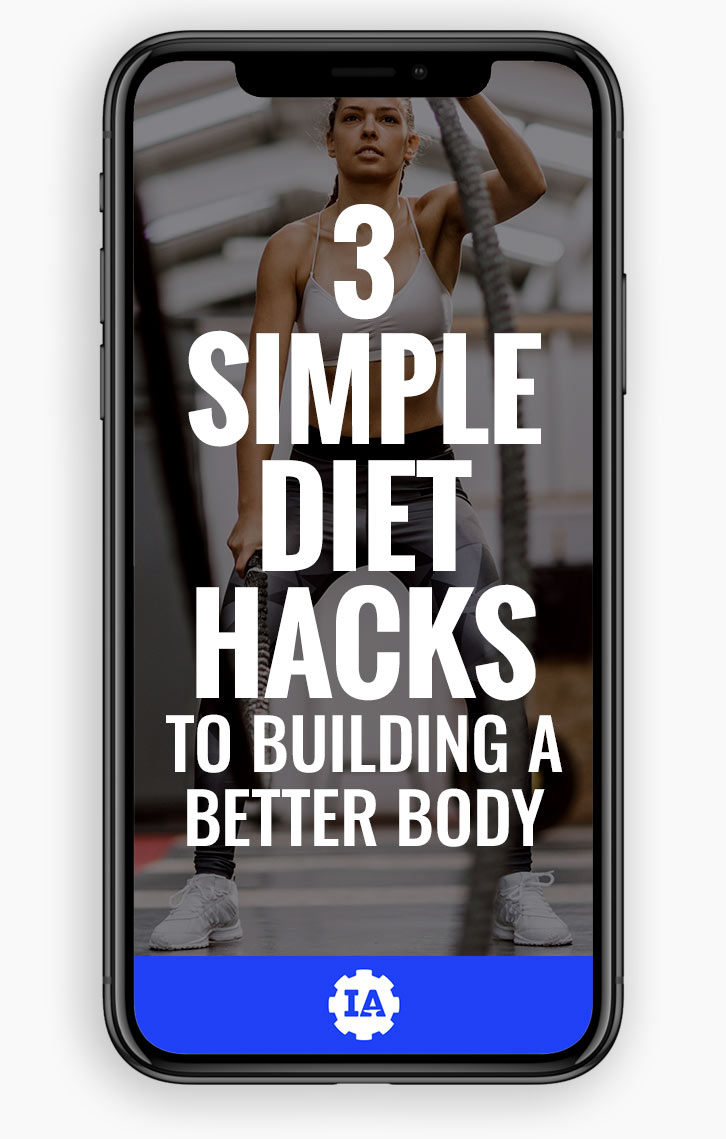
This week, we are talking about back pain. A common issue suffered by many people, a lot of back pain is fixable and preventable. This all assumes you don’t have a structural issue with you back. In that case, seek professional help.
In our last post, we talked about the two common types of back pain: Flexion pain and Extension pain. In this post, we are going to dive into the flexion pain, it’s causes, and how to fix it.
Flexion Intolerance
Pain the the Flexion position is known as flexion intolerance. This is pain when bend over. You may experience flexion pain when you are sitting for long periods of time or when you bend over to pick something up.
Causes of Flexion Intolerance
Unless the pain is caused by some structural issue in the low back, it is rarely caused by something going on in the low back area. Alternatively, flexion pain is often caused by tightness elsewhere. Usually, flexion pain is indicative of tightness in areas like the glutes (your butt) and hamstrings.
When the glutes and hamstrings are tight, they pull on the hips. This prevents you from being able to keep your back flat as you bend forward. When you back bends, the muscles surrounding the back are stretched and the vertebrae separate slightly. If you add a load to this stretched position, you might aggravating the muscles in the low back. This is the pain you feel.
A secondary cause of flexion pain is a weak core. The core muscles surround your midsection. Thus, when you move, your core muscles prevent unnecessary movement of your spine. If they are not properly supporting you, then there is an increased likelihood of aggravating the muscles that move your spine. These muscles are now trying to play a supportive role they aren’t designed to do.
Fixing and Preventing Flexion Pain
Anytime we are addressing joint pain, we have to take a two prong approach. First, we have to address mobility. Are you able to move your body into a safe position and keep it there?
When addressing Flexion pain, this means assessing proper flexibility in the glutes and hamstrings. Without flexible muscles, you will not have enough mobility in your hips to find and maintain a flat back. To develop better glute and hamstring flexibility, we love foam rolling and banded hamstring stretches like THESE.
Second, we have to address stability. Do you have enough core strength to maintain the new mobile position? Once we are able to find a good low back position, our core must maintain that position as we move. The best way to increase your stability core strength is the plank hold.
You don’t have to live with back pain. If you have flexion pain, stretch your hamstrings and strengthen your core. These two steps will go a long way.



